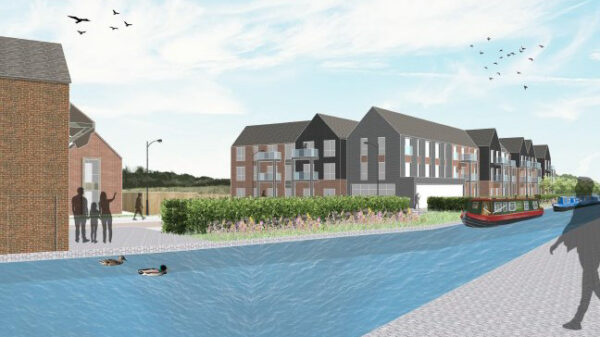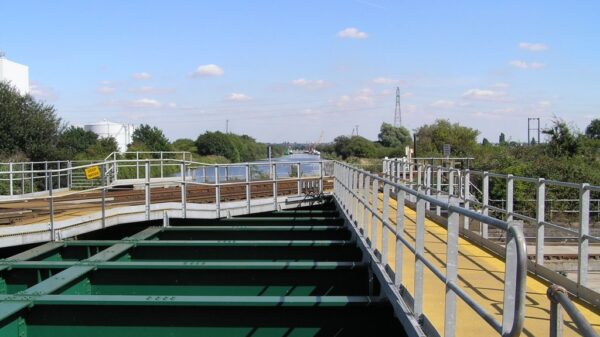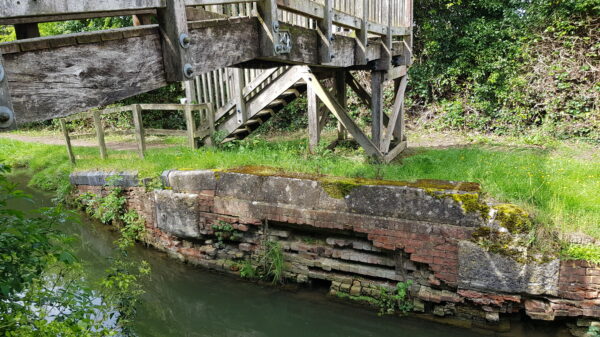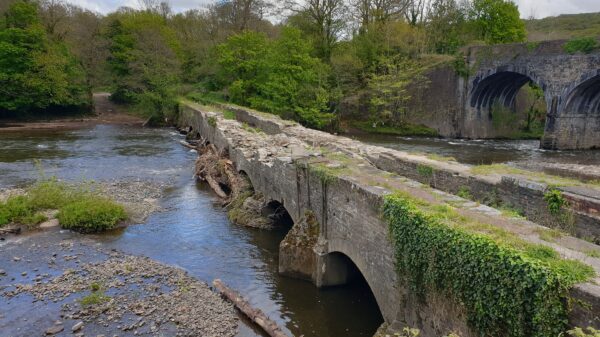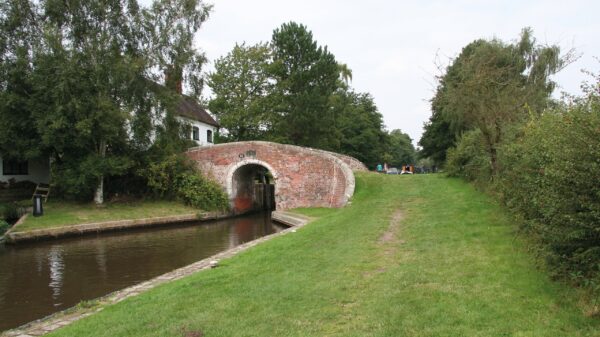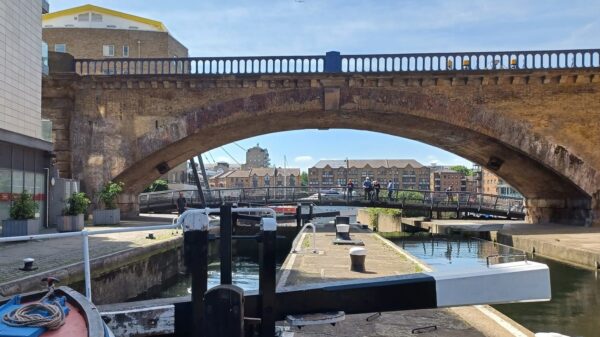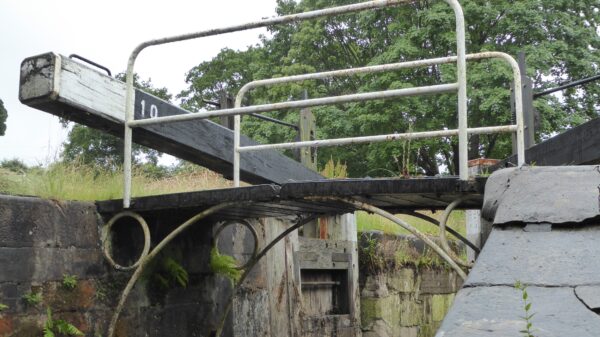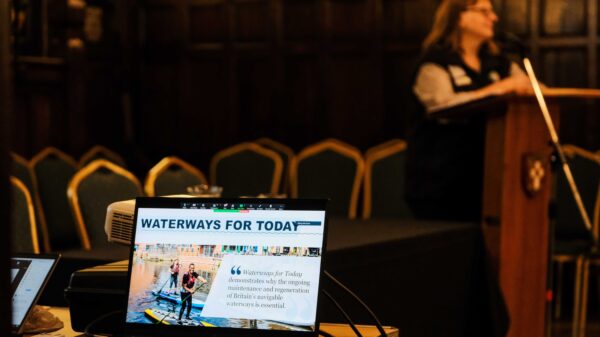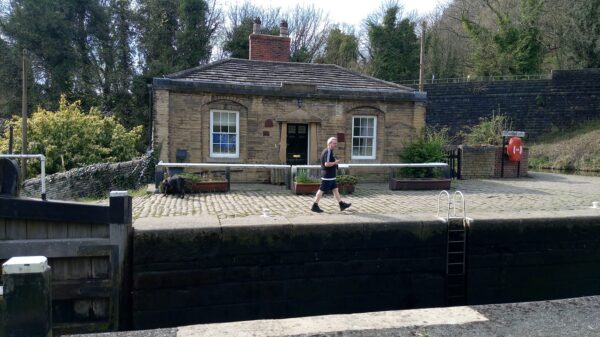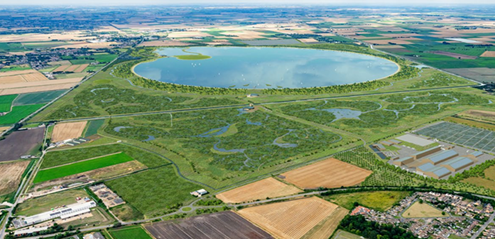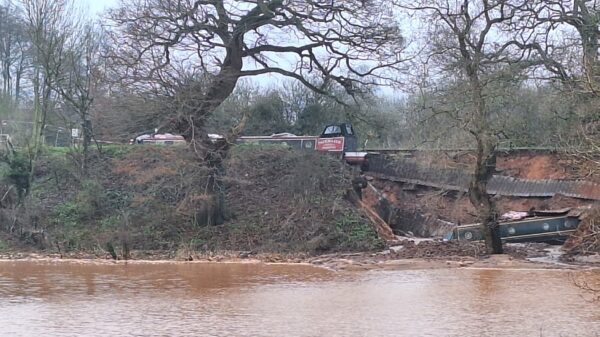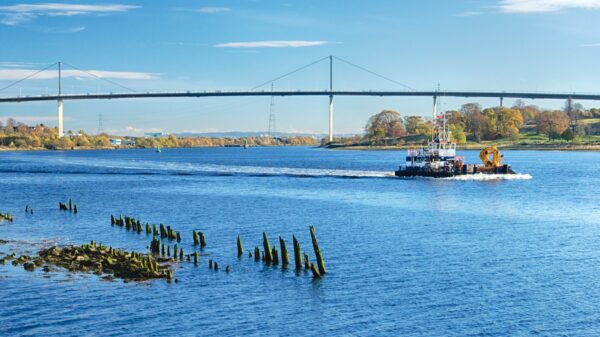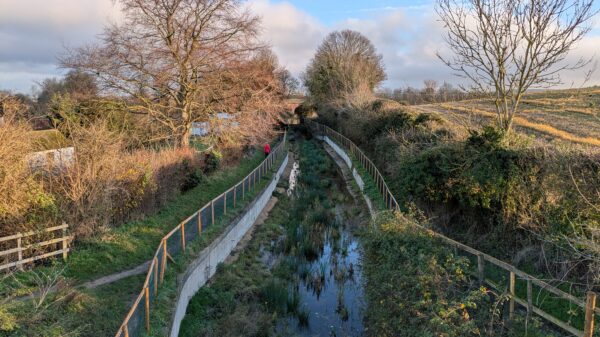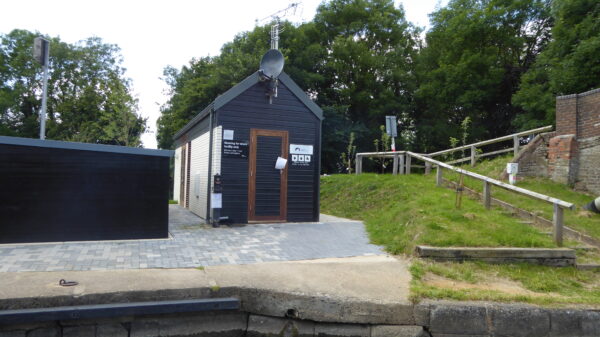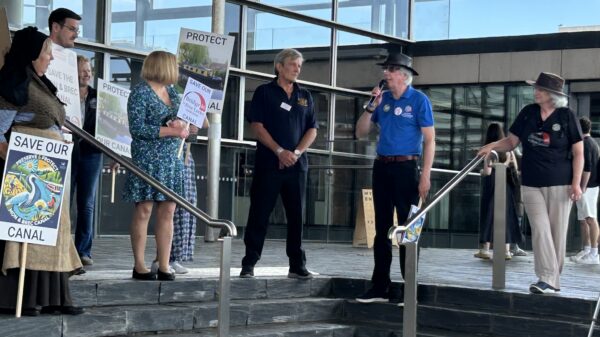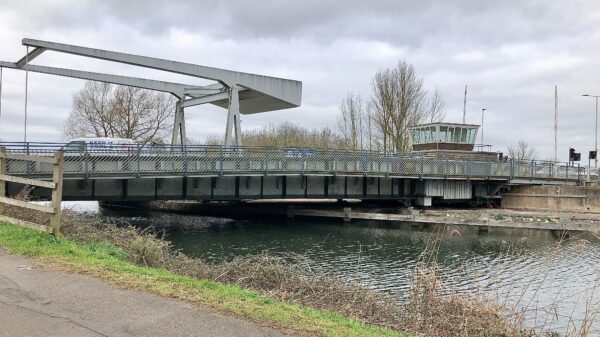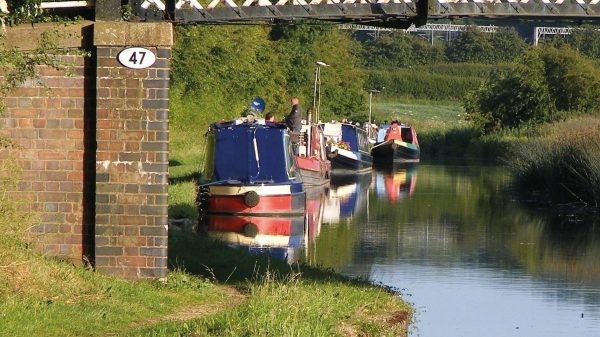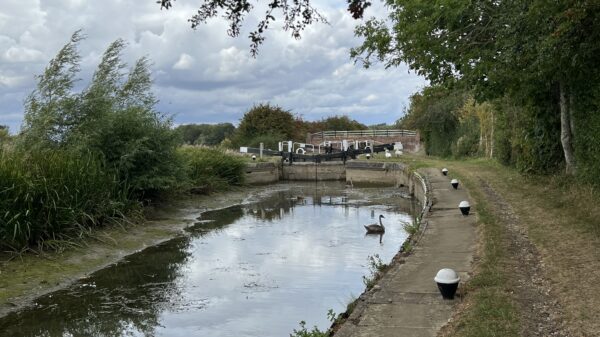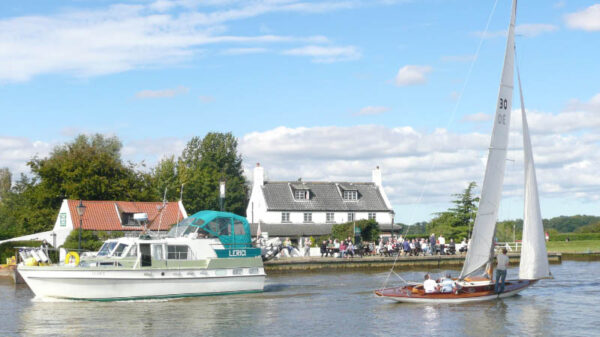The answer is that they are places with aqueducts where one navigable waterway crosses over another. In fact, those six locations are the only places where this occurs on the main connected inland waterway network of Britain. The current structures all date from the 19th century and have listed status.
Three of these special aqueducts are on the BCN within about 4 miles of each other:
- Steward Aqueduct – Old Main Line crossing the New Main Line just before the top of Spon Lane Locks
- Telford Aqueduct – Engine Arm crossing over the New Main Line (near Smethwick).
- Tividale Aqueduct – Old Main Line crossing the Netherton Tunnel Branch
The next two are also geographically quite close to each other, and were both built by the Trent & Mersey Canal Company:
- Hazelhurst Aqueduct – Leek Arm crossing over the main line of the Caldon Canal
- Poole Aqueduct – Hall Green Branch of the Trent & Mersey Canal crossing over the main line of the Trent & Mersey Canal
And finally, the biggest and most well known…
- Barton Swing Aqueduct – Bridgewater Canal crossing the Manchester Ship Canal
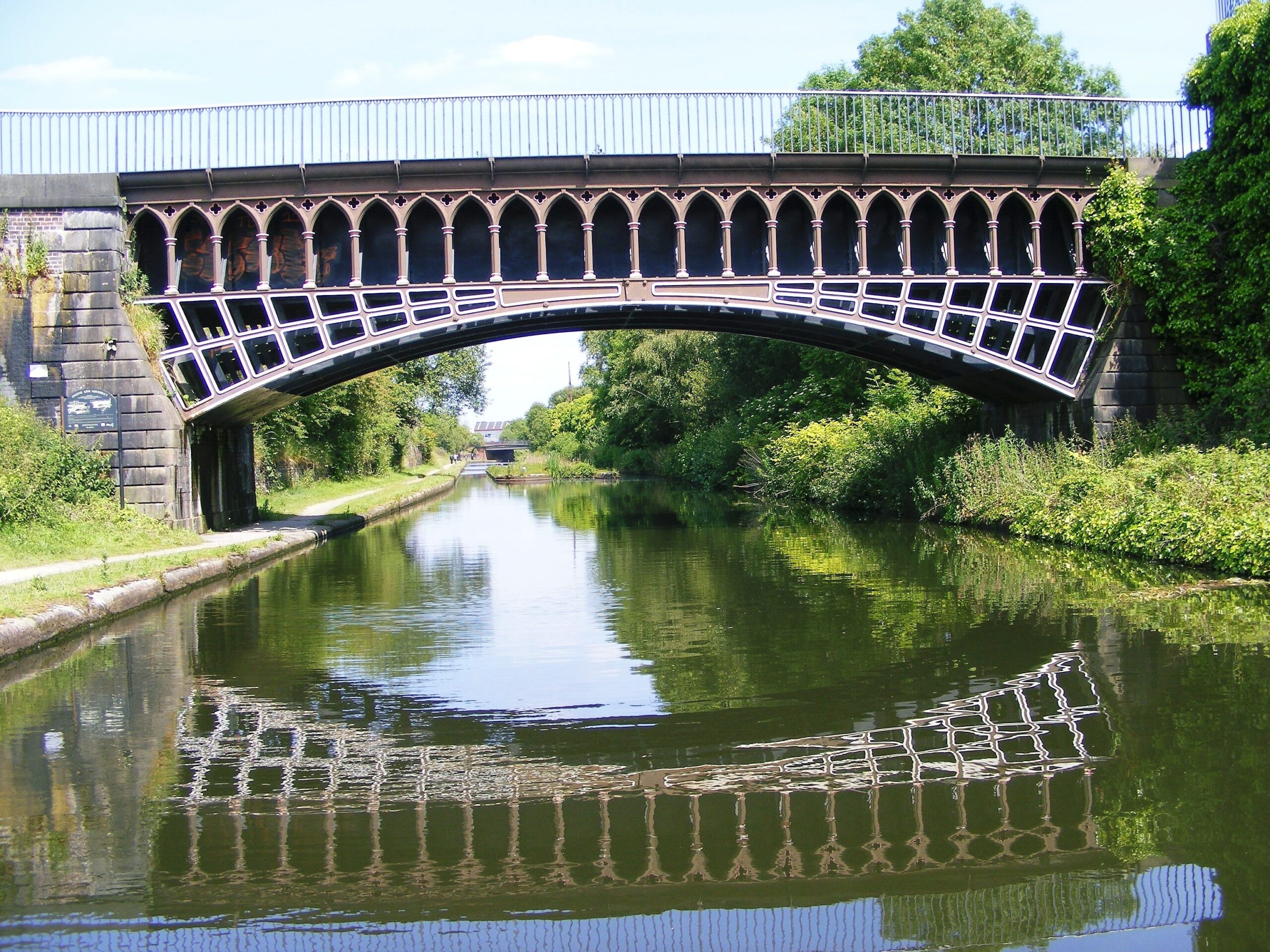
Telford Aqueduct (1825)
The Engine Branch was built in 1789 to improve the water supply to the summit level of the Birmingham Canal (now known as the Old Main Line). This was originally from a pumping engine which gave the branch its name.
The cast iron aqueduct was built when Thomas Telford’s New Main Line was constructed through a cutting in this area. It was forged in 1825 by Horseley Ironworks in nearby Tipton. At this time, the Engine Branch was extended to carry water from the new Edgbaston Reservoir, part of Telford’s scheme.
The aqueduct is Grade II* Listed and also a Scheduled Ancient Monument. The aqueduct consists of a 52 ft cast iron trough supported by a stone arch. It carries the Engine Arm (which is on the Wolverhampton Level, 473 ft above sea level) over the New Main Line (otherwise known as the Birmingham Level, 453 ft above sea level).
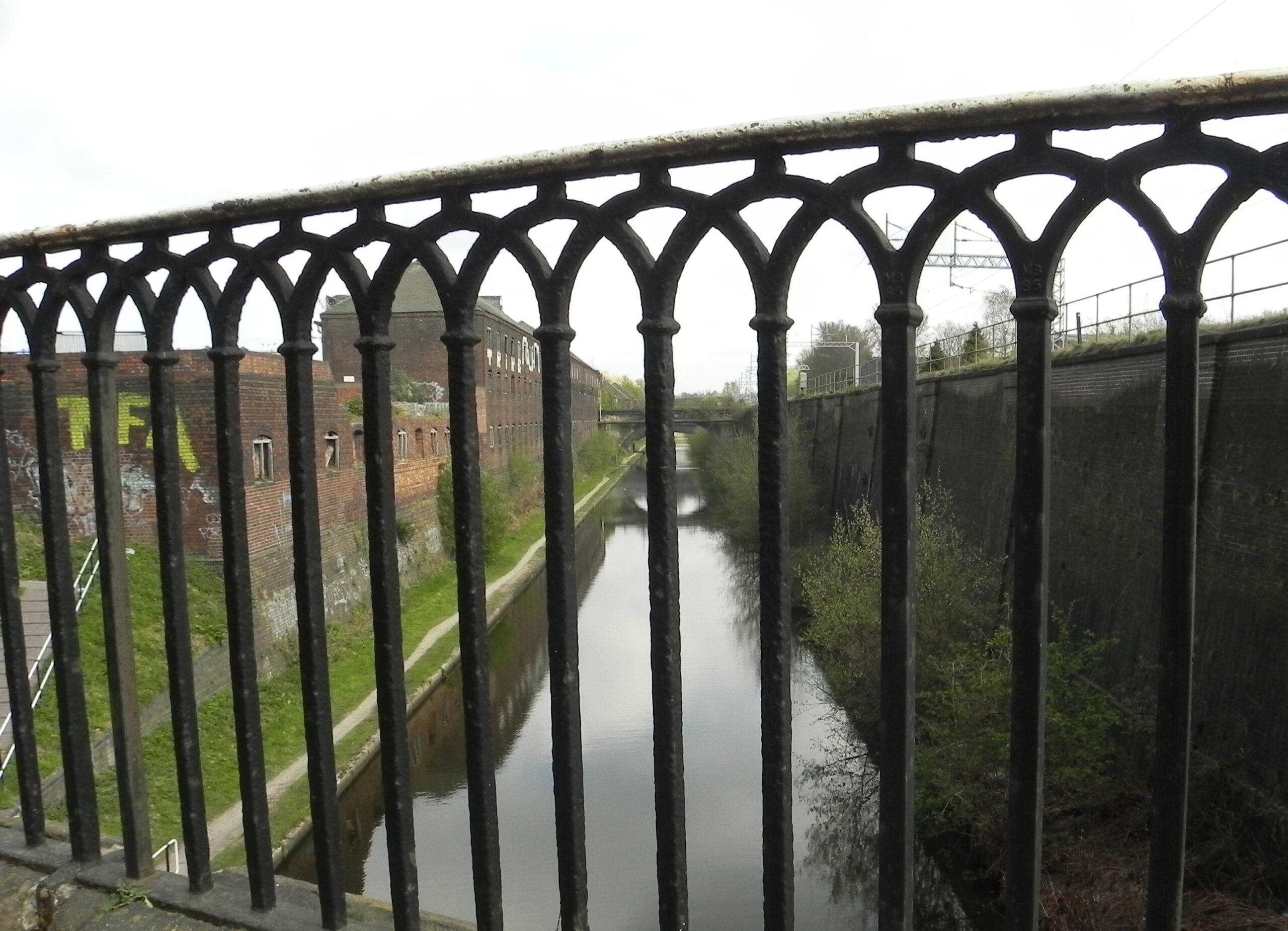
Steward Aqueduct (1828)
Also known as Stewart or Stewards Aqueduct, this Grade II Listed aqueduct was built in 1828 by Thomas Telford. It was to carry the old line of James Brindley’s earlier Birmingham Canal over his New Main Line, at Spon Lane, Smethwick. Later, in 1852, it had a railway bridge built adjacent to it. The railway line ran parallel to, but much higher up than, the New Main Line. In about 1970, the M5 was built over the top, at a higher level still. The aqueduct is made of brick with sandstone dressings.
Poole Aqueduct (1828)
Most people think of this aqueduct as being the place where the Macclesfield Canal passes over the Trent & Mersey Canal. However, it is the Hall Green Branch of the Trent & Mersey Canal crossing the main line of that canal. The branch canal crosses the main line by the brick built aqueduct immediately downstream of Poole Lock, just the second lock down from the summit and the junction of the two canals.
The Trent & Mersey Canal Company’s Act of 1827 authorised them to build the first 1½ miles of the Macclesfield Canal’s line, and to charge tolls on cargo carried on it. The aqueduct was built in 1828 of red brick with a stone parapet, and is Grade II Listed. The Hall Green Branch, including Poole Aqueduct, was opened in 1831, at the same time as the Macclesfield Canal itself.
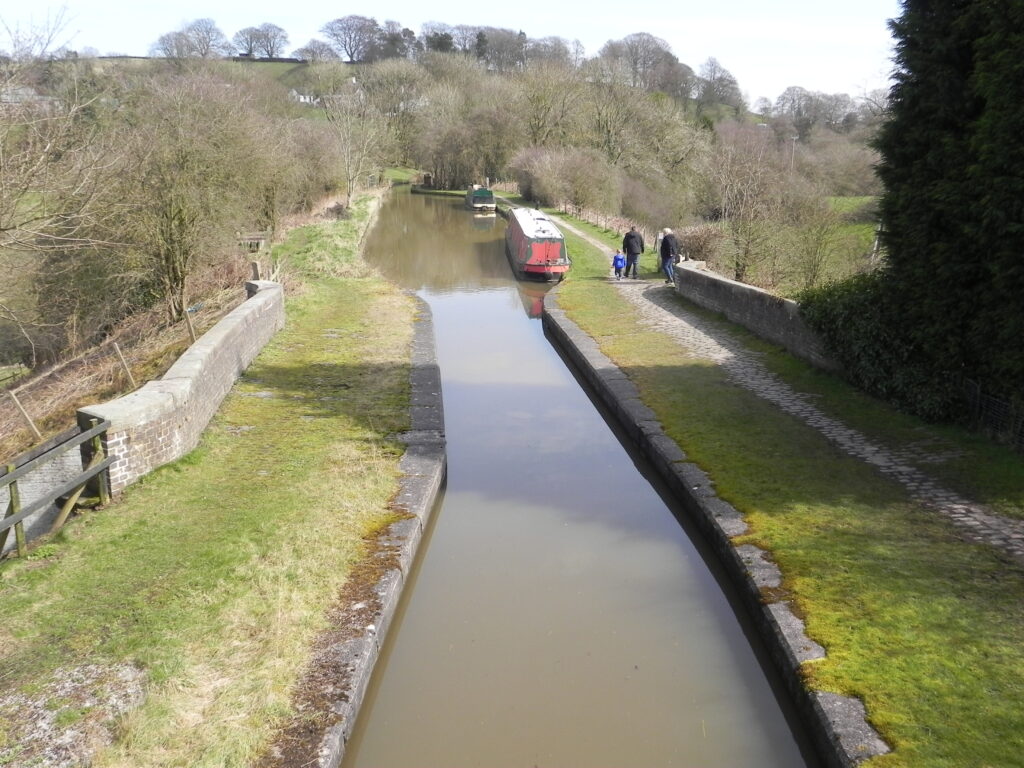
Hazelhurst Aqueduct (1841)
This aqueduct was part of the third arrangement of canals in the area around Hazelhurst and Hollinhurst on the Caldon Canal. When the canal was first built in 1778 the summit level was less than 2 miles long. However, it was extended when the Leek Arm was added (to supply water from Rudyard Reservoir) in 1801. This included a new staircase of 3 locks being built at Hazelhurst. The Leek Arm crossed the valley on a huge earth and stone embankment, joining the main line at a junction immediately above the staircase.
40 years later in 1841, the original line of the canal was reinstated. This was as a result of the staircase causing a bottleneck for traffic and being replaced by Hazelhurst New Locks. (3 separate locks actually at Hollinhurst, half a mile away). The embankment was pierced with a new aqueduct, taking the Leek Arm over the main line of the canal. The aqueduct is Grade II Listed and consists of a single arch in painted brickwork with stone dressings.
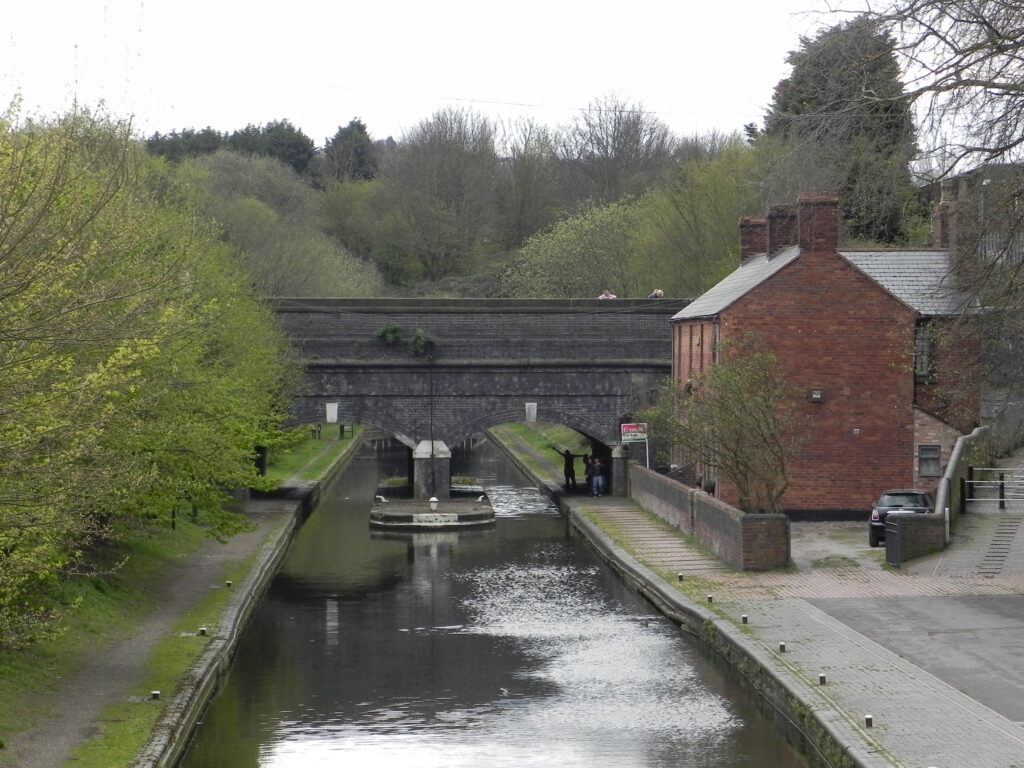
Tividale Aqueduct (1890s)
The Netherton Tunnel Branch (including the tunnel) was built in 1858 to improve communications between the Dudley and Birmingham canals. The original aqueduct on this site carried the original Birmingham Canal over the new branch canal. This was just a few hundred yards before the newer canal heads underground through Netherton Hill.
The aqueduct was rebuilt in the 1890s and the current structure is made of brick with sandstone keystones. It has two arches either side of a toll island, used for gauging boat traffic, and is Grade II Listed. An interesting feature, the water was run through pipes in the aqueduct from the higher canal through a turbine that drove a dynamo for the electric lighting in Netherton Tunnel. The pipes can still be seen on the south side of the aqueduct.
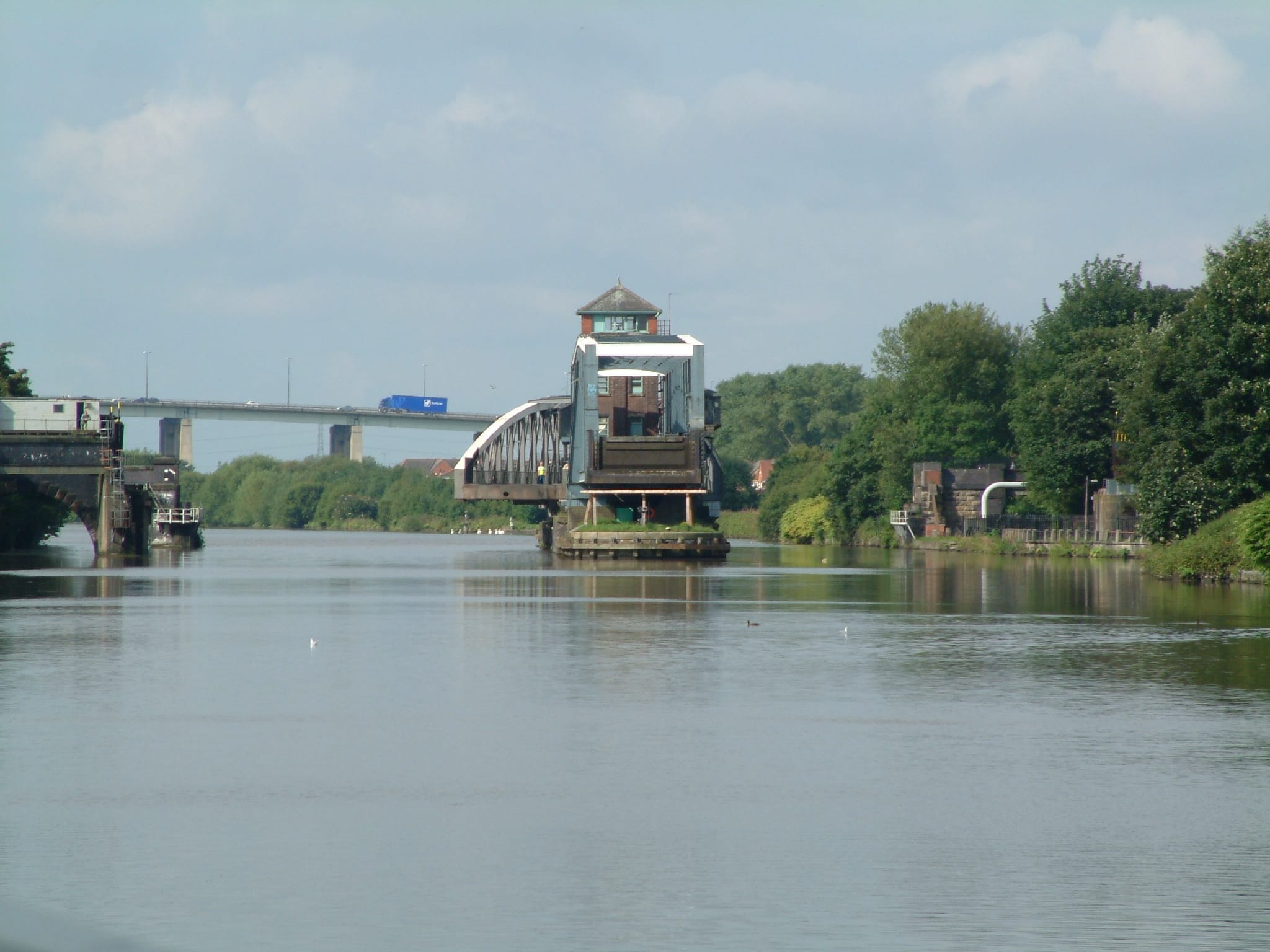
Barton Swing Aqueduct (1893)
The Barton Swig Aqueduct carries the Leigh Branch of the Bridgewater Canal over the Manchester Ship Canal. Often referred to as one of the wonders of the waterways, it was designed by Sir Edward Leader Williams. Completed in 1893, it was officially opened for commercial traffic on New Year’s Day 1894.
It consists of a 235ft long trough, weighing 1450 tons, that swings through 90 degrees on a central island. This allows unrestricted navigable headroom along the Manchester Ship Canal. The water in the higher canal is sealed off with gates at either end, and the aqueduct is swung using hydraulic power. The swing aqueduct is Grade II* Listed.
It dates from the building of the Manchester Ship Canal, and replaced an earlier aqueduct by James Brindley. The previous aqueduct, built in 1761, had been the first canal aqueduct in Britain. This original Barton Aqueduct carried the Bridgewater Canal over the Mersey & Irwell Navigation. So in itself, it was another, and indeed the first, crossing point of one navigable waterway over another.


